What Is Panel Variance And What Does It Imply?
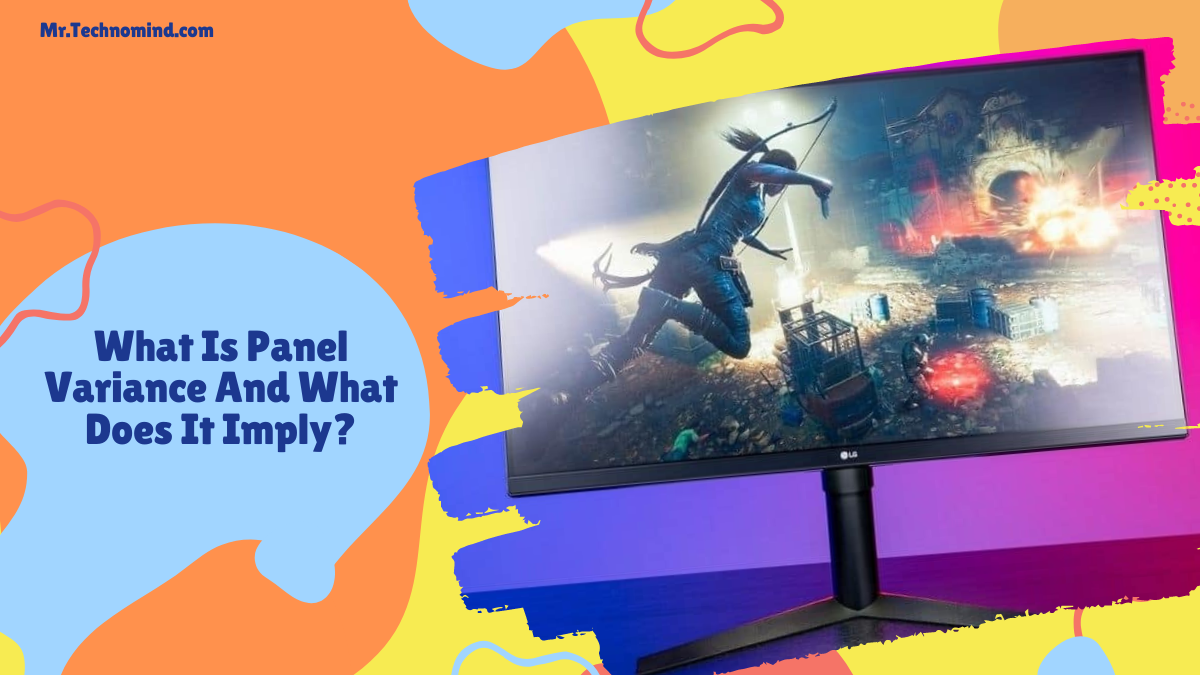
Almost every person who wants to buy a new monitor just focuses on the display size and resolution. But these are just the specifications of the monitor, technically monitors are very much complicated devices. For professional technical developers also the terms like color composition, output lag, input response, viewing angles etc are very much difficult to understand.
The display industry has been affiliated the market from the very beginning. The display is the main component for every device which has a screen. But this display has many internal components. The major component of the display is its screen panel. There are many types of the display panel for monitors like LCD displays, LED displays etc. If you know about panel monitors then you must have heard about panel variance. Now one question must come to your mind: What Is Panel Variance And What Does It Imply?
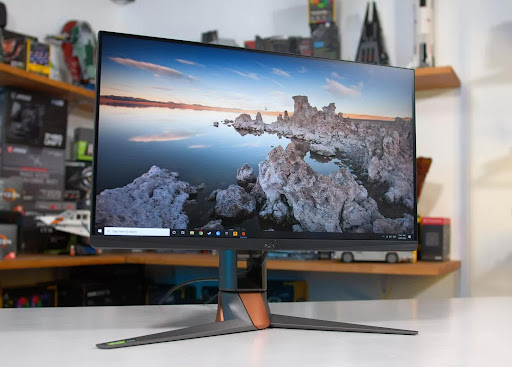
Analyzing Panel variance
Each and every monitor which is manufactured by several companies have their specific panel. When it comes to choosing a particular type of model, even though the company is the same, the model number and specifications are the same, the monitors are slightly different from one another. This is due the variation of different image quality produced by different pixels in a monitor display. Although this slight difference can’t be noticed under naked eyes, if you check properly with specific tools then you might see the difference between the panels.
So even if you are going to purchase two or more monitors of the same model and specifications it is clear that the panel quality will vary in each monitor due to panel variance.
Criteria for choosing a good quality panel
The variation in panel occurs due to the interference of different key components which are used for determining a good quality of the panel. The main reasons for the variation in display panel are :
Panel brightness
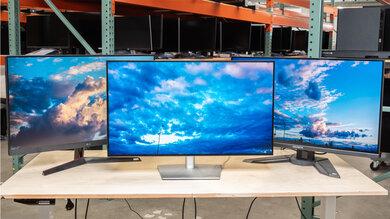
The panel brightness refers to the maximum limit of the monitor in which it can glow and it is generally termed as nits. For example if the specification of a monitor is 300 nits, it means the monitor has the peak brightness level of 300cd/m².
The panel brightness of the screen in the monitor is not the same at different points of the display. Some points are too much brighter and some points are too much darker. If a continuous change in brightness occurs in the display then it can be seen that if the brightness settings is set to minimum the will glow brighter.
Contrast ratio
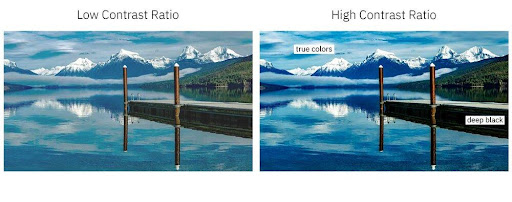
It is the ratio of the white color composition in the display and the black color composition in the display. It is one of the major points of consideration when it comes to better picture quality of a monitor.
Usually different monitor manufacturers try to maintain a contrast ratio of 1300:1 in their monitors. Generally monitors having a contrast ratio of 1300:1 is considered as a good quality product and is preferable to use for various purposes. On the other hand if a monitor which has a contrast ratio close to 800:1 is not preferable to use and it is a bad quality unit.
Sometimes due to some technical problems in the manufacturing unit the contrast ratio of the same model of any particular type of monitor may differ from one another. Although which will be not justified in naked eyes but still a technical fault may lead to panel variance.
Accurate color composition
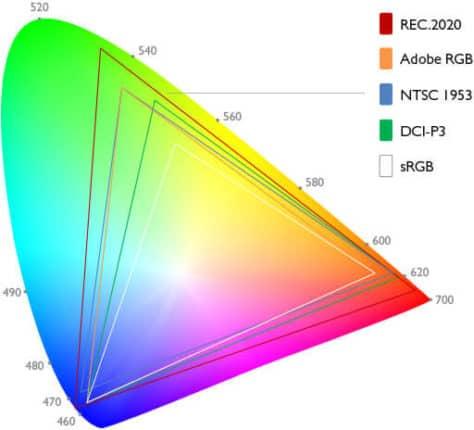
Since almost every monitor manufacturing units are operated with technologically advanced machines, starting from the designing process till assembly, there is a chance for manufacturing identically different screen quality in the same type of monitor.
If you buy two same models of monitors and visually compare them by keeping side by side , you can notice the rgb ( red green and blue) composition of two same monitors are slightly different from each other. Although you can match the rgb components of both the monitor displays by changing some minor settings, it is always preferred to use any rgb corrector application for better experience and longevity of the display panel.
Screen color consistency
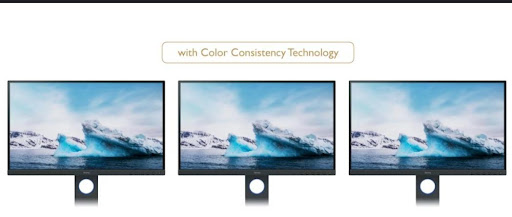
If the color composition of two same monitors looks different from each other then one of its main reasons can be due the difference in the screen Uniformity between the two panels. Most of the monitors have different screen brightness which varies in different parts of the screen. Generally the monitor screen is most brightest in the center of the display and the corners and edges are slightly less brighter. Some monitors frequently have reduced brightness along each of the display’s four corners, giving simple white backgrounds a noticeable vignette effect.
The same can be said for color consistency; however, in this instance, pure white may appear somewhat warm (reddish, yellowish) or colder (bluish) in some portions of the screen than in others.
Types of panels available in market
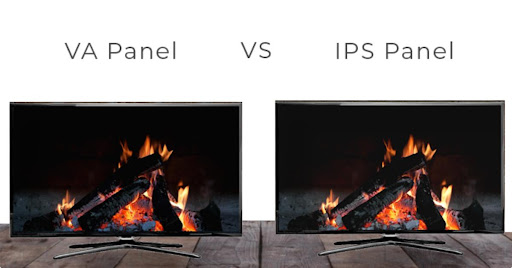
There are different types of display panels which are available in the market. But one of the most used and preferred panels are IPS ( In-plane switching) panel and VA ( Vertical alignment) panel.
IPS PANEL
- These panels provide more accurate colors than any other panels.
- These panels have good response rate and hence no lag is seen in the screen.
- These panels provide maximum viewing angle. Even if you see from the side, the screen will be easily viewable and colors will not be faded.
- Professional photo editors and video editors prefer to use IPS panels because these panels provide the most accurate color composition which helps to color correct their contents.
VA PANEL
- VA panels provide the best contrast ratio in their panels. Some VA panels have a contrast ratio of 3000:1.
- The quality of black color and white color is very much enhanced in these panels due to the high contrast ratio.
- VA panels also have a good response rate which is sufficient for minimal editing and high end gaming.
- The refresh rate offered in these panels is very good.
Conclusion
We have covered everything related to panel variance and We hope we have cleared your query regarding the most common question asked on the Internet “What Is Panel Variance And What Does It Imply? “. If you own two similar types of monitor and you face this issue then there is no reason to worry about. This is not a very major problem and it can be easily fixed with simple changes in settings. There are many panel corrector applications which can fix your problem very easily. But if you face any technical glitch in the monitor then you should visit the service center and repair the monitor.